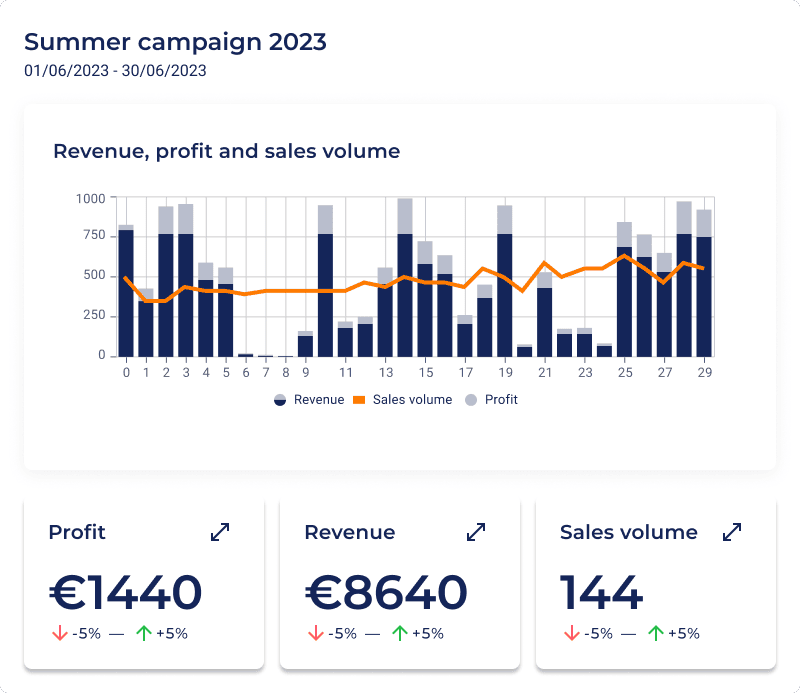It’s no secret to any that businesses are constantly searching for innovative ways to attract and retain customers. One strategy that has gained significant traction is the subscription model. This model offers a range of benefits, but it’s important to understand that its suitability can vary depending on the type of business you operate. In this blog post, we discuss the pros and cons of ecommerce subscription models for different business types, helping you make an informed decision for your venture.
Retail and Consumer Goods:
Pros:
- Predictable Revenue: Subscription models provide a steady stream of income, allowing businesses to forecast revenue with greater accuracy.
- Customer Loyalty: Subscribers are more likely to develop a strong brand affinity, leading to increased customer retention and higher lifetime value.
- Cross-Selling and Upselling: Subscription packages can be tailored to include complementary products, driving additional sales opportunities.
Cons:
- Inventory Management: Maintaining appropriate inventory levels can be challenging, as demand fluctuates based on subscriber numbers and preferences.
- Initial Customer Acquisition Cost: Convincing customers to commit to a subscription can require higher marketing and promotional efforts.
Price campaigns easier than ever.
Create campaigns in a few clicks, get insights and recommendations for your products.

Digital Services and Software:
Pros:
- Recurring Revenue: Subscription models provide a consistent income stream that can fund ongoing service improvements and feature updates.
- Reduced Piracy: Subscription-based software services are less prone to piracy issues, ensuring a higher level of control over your product’s distribution.
- Customer Engagement: Regular updates and support interactions foster a stronger connection with subscribers.
Cons:
- High Initial Development Costs: Creating and maintaining robust digital services or software can involve significant upfront investments.
- Customer Expectations: Subscribers expect continuous enhancements and top-notch support, which can strain resources.
Food and Beverage:
Pros:
- Customer Commitment: Subscription-based food and beverage services can create a loyal customer base that orders regularly.
- Reduced Waste: Accurate subscription forecasting helps minimize food waste and promote sustainability.
- Personalization: Tailored subscription packages can cater to specific dietary preferences and needs.
Cons:
- Freshness and Quality: Ensuring that perishable items remain fresh and of high quality during shipping can be challenging.
- Shipping Logistics: Delivering food items on a recurring schedule requires robust logistics to maintain timely deliveries.
Beauty and Personal Care:
Pros:
- Sampling and Discovery: Subscription boxes offer customers a chance to try new products, potentially leading to full-size purchases.
- Brand Exposure: Partnering with subscription services can boost brand visibility and introduce products to a wider audience.
- Data Insights: Subscription models provide valuable data on customer preferences and usage patterns.
Cons:
- Product Suitability: Ensuring that the products in subscription boxes cater to a wide range of preferences can be tricky.
- Subscription Fatigue: In the saturated beauty market, customers might grow tired of receiving products regularly, leading to cancellations.
Apparel and Fashion
Pros:
- Personalized Style: Subscription-based fashion services can curate outfits based on individual preferences, enhancing the shopping experience.
- Brand Loyalty: Subscribers are more likely to stick with a brand they receive regular items from, reducing customer churn.
- Sustainable Practices: Align well with sustainable fashion initiatives by promoting longevity of clothing.
Cons:
- Fit and Style Challenges: Ensuring that subscribers receive items that fit and align with their style preferences can be difficult.
- Returns and Exchanges: Dealing with returns and exchanges in a subscription model can be more complex compared to traditional ecommerce.
Conclusion
Ecommerce subscription models offer many advantages across various business types, from retail to digital services. However, each model comes with its own set of challenges that need to be carefully considered. Before diving into a subscription-based approach, try to assess the compatibility of your products or services with the model’s inherent pros and cons. By making an informed decision, you can harness the power of subscriptions to drive growth, enhance customer loyalty, and propel your business forward in the competitive ecommerce landscape.


